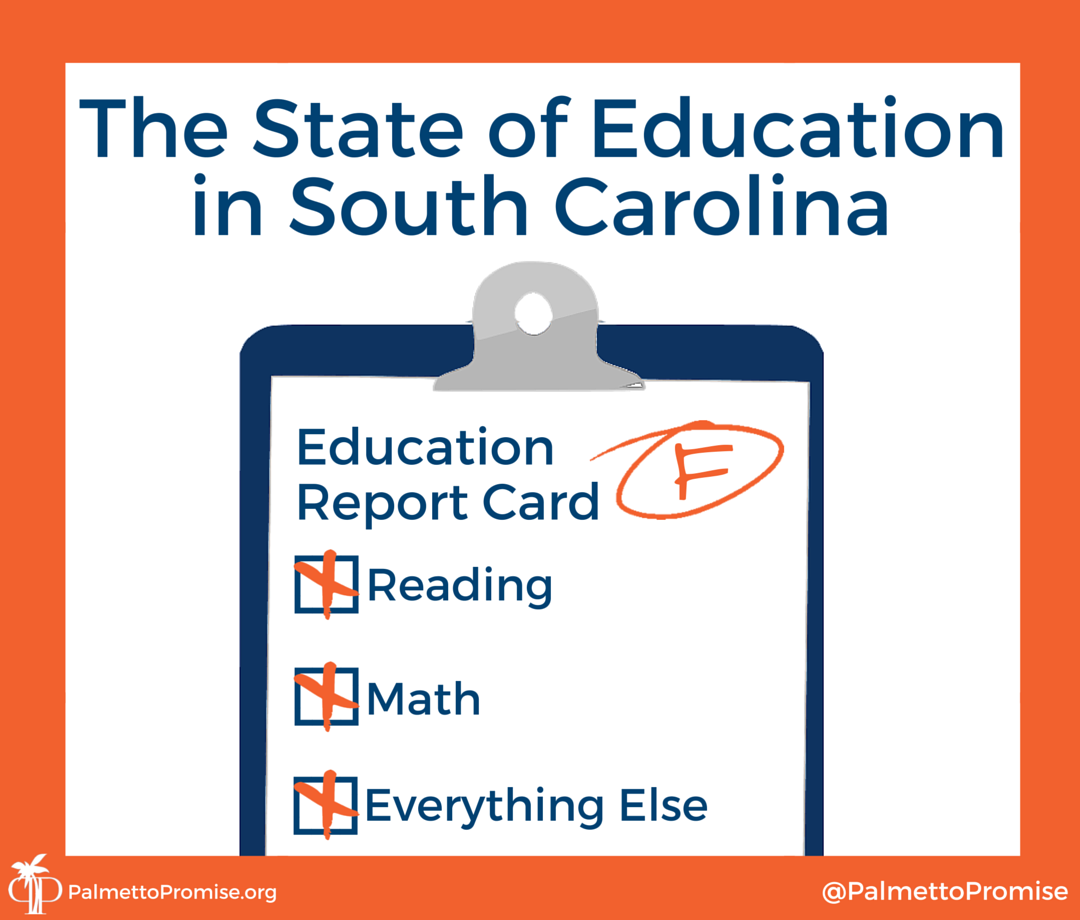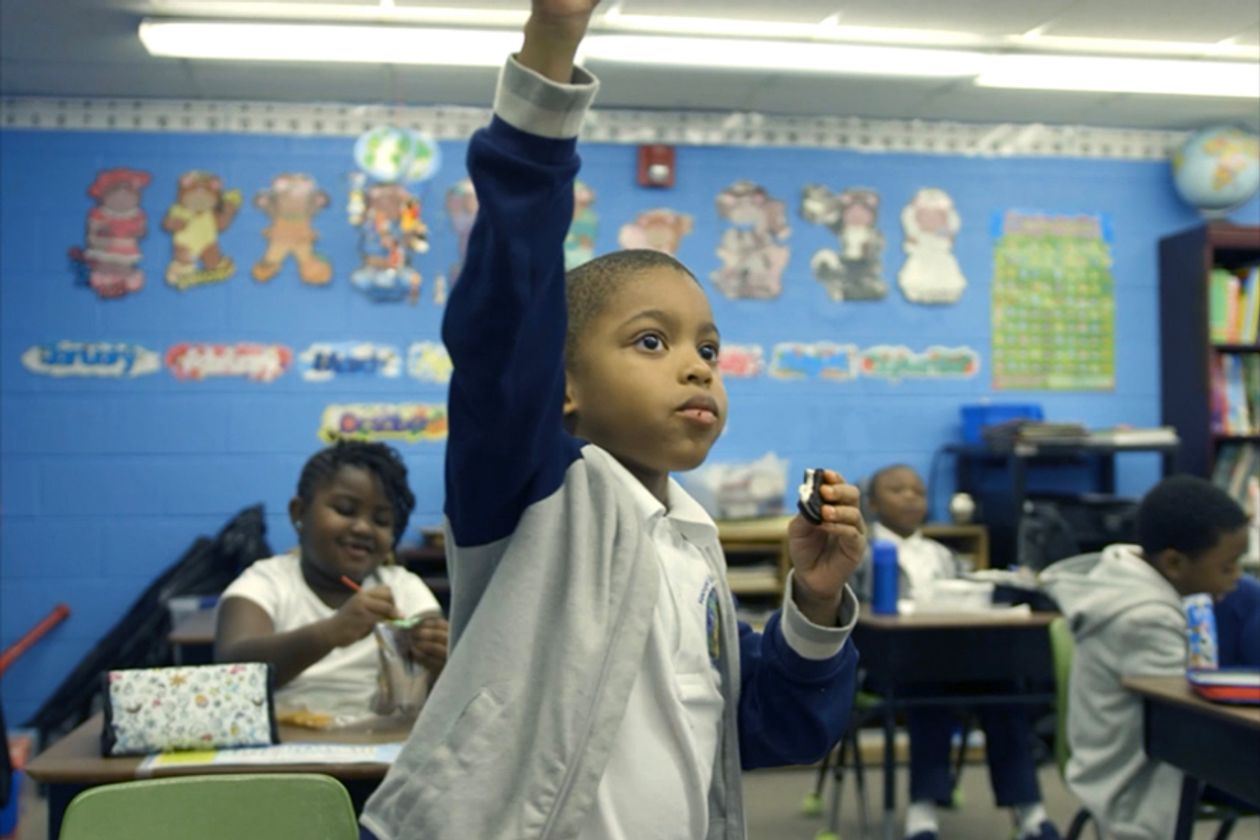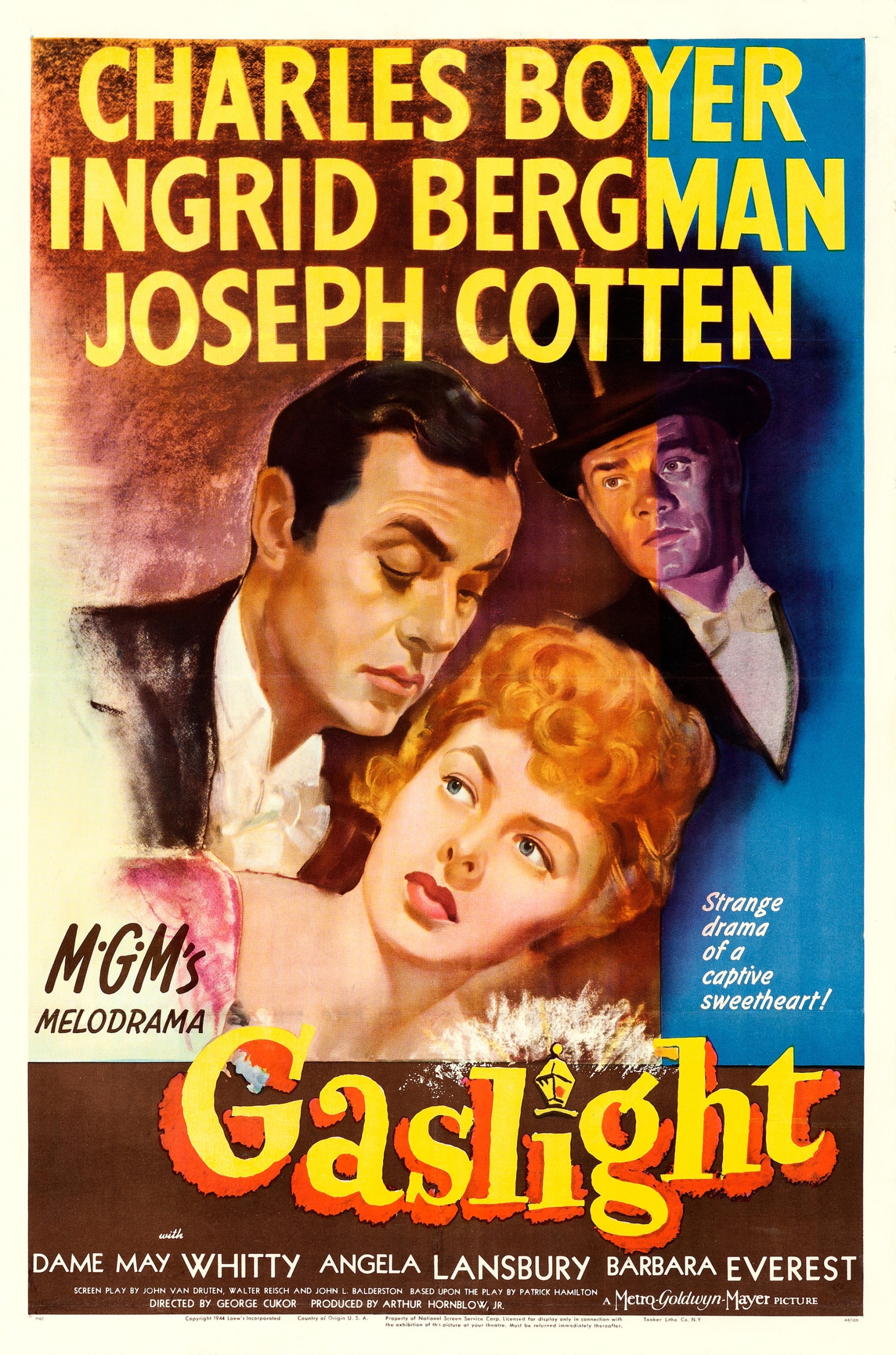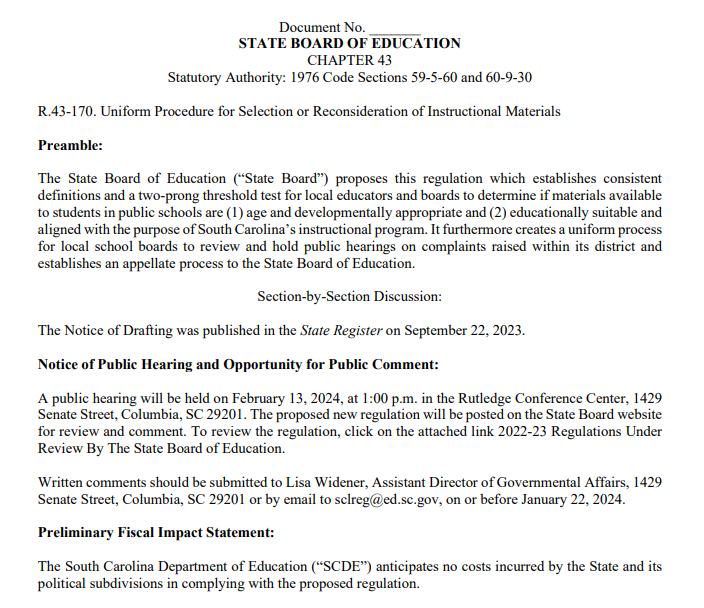Learning Is A Joy: The State Of Education

Adam Crain
PPI’s inaugural report in 2013 was a study comparing education outcomes in South Carolina and Florida. Why Florida? Because in the late 1990’s, Sunshine State students were performing worse than their Palmetto State counterparts. But thanks to bold reforms under then-Governor Jeb Bush, Florida has seen over a decade of astounding progress in student learning.
The unfortunately news is that in the last 3 years, South Carolina has made precious little progress on these same kinds of reforms that could right the education ship for our students.
Last year, according to the National Assessment of Education Progress (NAEP), only 27% of South Carolina’s fourth graders with exceptional needs scored “basic or better” in reading. Meanwhile, 48% of fourth grade Floridians with exceptional needs fell into the “basic or better” category. Since 1998, the number of fourth grade South Carolinians with exceptional needs who score basic or better has dropped 11 percentage points; in Florida, the percentage has increased by 24 percentage points.
Those statistics represent a very small segment of the population, but across the board, statistics show that the education status quo in South Carolina is not as bad as it could be, but certainly not as effective as it should be. We can do much better!
Overall, the Quality Counts report released by Education Week, ranks South Carolina 43rd in education, basing their ranking off NAEP scoring data from the Department of Education, which indicates:
- 36% of South Carolina fourth graders scored proficient or above on math
- 5% of South Carolina fourth graders scored proficient or above on reading
- 7% of South Carolina eighth graders scored proficient or above on math
- 8% of South Carolina eighth graders scored proficient or above on reading
In every category above, South Carolina scores below the national average.
Even though South Carolina lawmakers have increased per pupil funding over the past decade, inconsistencies in revenue sources across counties and restrictions on how schools spend public dollars all contribute to a system that in large measure does not align inputs (money) with outcomes (student success). Florida, for example, spends less money per pupil on an education system that produces better results.
Ultimately, some children in South Carolina are given great opportunity by the public school system, we know that. No matter, we should not rest until all children have access to a high-quality education. The statistics above are just four key indicators of the success of the school system in South Carolina. There are more, but time and word count prevent us from listing them all right now!
Nevertheless, they show that our education system needs work, that the status quo method of educating our young people is outdated and sometimes glaringly ineffective.
Thankfully though, there are substantive reforms that can and should be passed by the SC Legislature that will improve the education system, but most importantly, student’s lives. Education Savings Accounts will give South Carolinians trapped in failing schools the opportunity to take classes elsewhere, hire a tutor for extra help, or buy quality textbooks to keep up in the classroom discussion. Slowly, but surely, a more customizable education system will begin to turn these statistics around and South Carolina’s future leaders will be better prepared for college or a career.
Be sure you’re caught up on this series!
Learning is a Joy: Introduction
Learning is a Joy: What’s an ESA?




